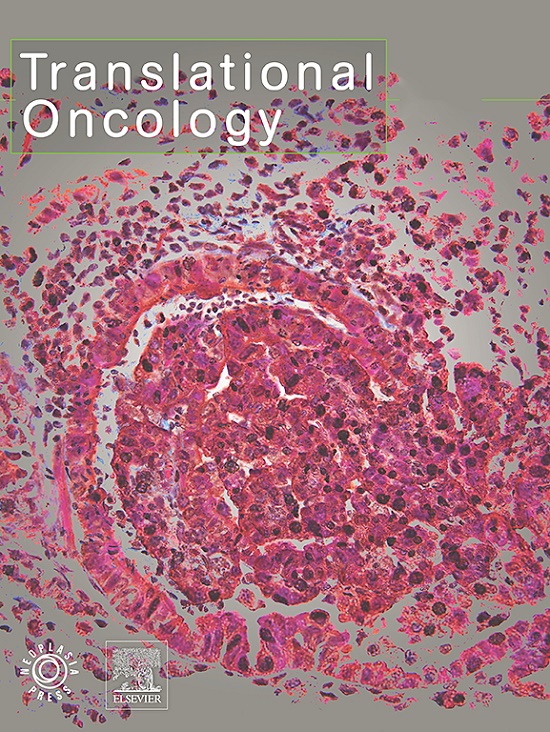MicroRNA profiling reveals potential biomarkers for the early transformation of endometriosis towards endometriosis-correlated ovarian cancer
IF 5
2区 医学
Q2 Medicine
引用次数: 0
Abstract
Background
Endometriosis (EMS) is a chronic, gynecological condition affecting 6–10 % of reproductive-age women. While these lesions are benign, ovarian EMS presents cancer-like features, and can progress to endometriosis-correlated ovarian cancer (ECOC) through a multistep process. Given the regulatory role of miRNAs in gene expression and biological pathways, we aimed to identify miRNAs associated with the malignant transformation of ovarian EMS, which could serve as a potential diagnostic tool for the early identification of such patients.
Methods
Global miRNA profiling was performed in 8 patients with benign ovarian EMS (EMS-b) and 29 patients with ECOC. Differential expression analysis (DEA) of miRNAs between EMS-b, EMS tissues from patients with ECOC (EMS-k) and ECOC tissues was performed. Receiver Operating Characteristic (ROC) curves were built to evaluate the binary classification performance of significant miRNAs.
Results
Comparison between EMS-b and EMS-k revealed 13 significantly deregulated miRNAs. Furthermore, when comparing ECOC and EMS-b, we observed significant deregulation of 181 miRNAs. ROC analysis revealed a panel of seven upregulated miRNAs with accuracies above 0.7 in identifying EMS-k and EMS-b. Notably, four miRNAs (hsa-miR-200a-3p, hsa-miR-141–3p, hsa-miR-183–5p, hsa-miR-10a-5p) were consistently upregulated in both EMS-k and ECOC tissues, achieving accuracies above 0.77 in distinguishing between EMS-k and EMS-b. When used to distinguish between EMS-b and ECOC tissues, these miRNAs showed accuracies even higher, above 0.94. Specifically, hsa-miR-183–5p had an accuracy of 1, hsa-miR-200a-3p and hsa-miR-141–3p of 0.97, while hsa-miR-10a-5p of 0.95.
Conclusions
Our study identified a panel of miRNA biomarkers that may serve as potential candidates for the early detection of ECOC in patients previously diagnosed with ovarian EMS.
求助全文
约1分钟内获得全文
求助全文
来源期刊

Translational Oncology
ONCOLOGY-
CiteScore
8.40
自引率
2.00%
发文量
314
审稿时长
54 days
期刊介绍:
Translational Oncology publishes the results of novel research investigations which bridge the laboratory and clinical settings including risk assessment, cellular and molecular characterization, prevention, detection, diagnosis and treatment of human cancers with the overall goal of improving the clinical care of oncology patients. Translational Oncology will publish laboratory studies of novel therapeutic interventions as well as clinical trials which evaluate new treatment paradigms for cancer. Peer reviewed manuscript types include Original Reports, Reviews and Editorials.
 求助内容:
求助内容: 应助结果提醒方式:
应助结果提醒方式:


